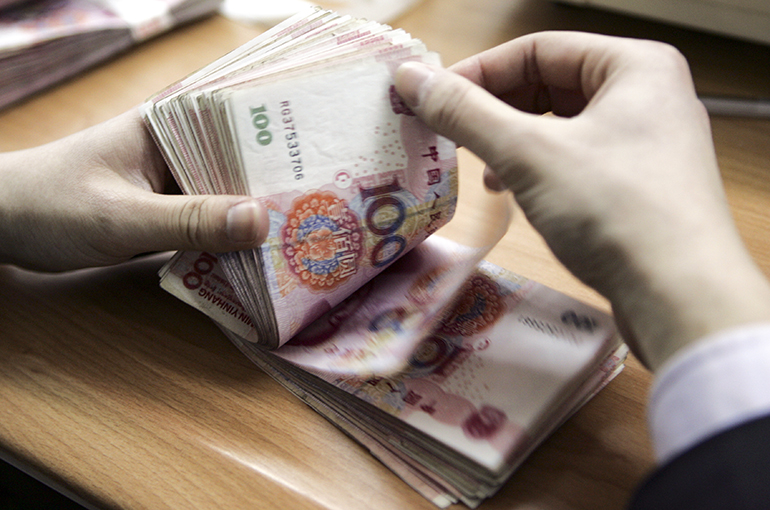 China's Per-Capita Disposable Income Grows 5.3% in First Half
China's Per-Capita Disposable Income Grows 5.3% in First Half(Yicai) July 18 -- China’s disposable income per person rose 5.3 percent in the first half of the year from a year earlier, according to the latest official data.
Per-capita disposable income, or income after tax, reached CNY21,840 (USD3,040) in China in the six months ended June 30, data released by the National Bureau of Statistics showed on July 15.
For urban residents, the per-capita disposable income increased 4.7 percent to CNY28,844, while rural residents saw a 5.9 percent jump to CNY11,936.
In terms of source of income, the per-capita income from wages and salaries of residents rose 5.7 percent to CNY12,628 in the period, accounting for nearly 58 percent of the total. The per-capita net income from transfer climbed 5.6 percent to CNY3,980 (USD555).
Of the Chinese mainland’s 31 provincial-level regions, 11 had per-capita disposable incomes of over CNY20,000 in the first half, one more than a year earlier. Shanghai residents had the biggest purchasing power at an average of CNY48,805 (USD6,800), followed by Beijing at CNY45,144.
Eastern Zhejiang and Jiangsu provinces ranked third and fourth at CNY37,813 and CNY30,706, respectively. Tianjin, Guangdong, Fujian, Shandong, Chongqing, Liaoning, and Inner Mongolia all had per-capita disposable incomes of over CNY20,000, showing the strong momentum from the more developed eastern provincial-level regions and resource-based economies undergoing transformation.
Industrialization and urbanization in central and western China continue to advance as technological innovation becomes a fundamental driver of development and modern industrial clusters form, spurring rapid employment growth and sustained income increase.
Cities in central China, such as Wuhan, Chengdu, Chongqing, Xi'an, and Hefei, have seen their emerging industries and advanced manufacturing develop rapidly in recent years, not only because they retained more local university graduates but also because they attracted many talents.
For example, Wuhan had over 16,500 high-tech enterprises at the end of last year, which contributed to over 30 percent of its gross domestic product. Hefei produced 1.35 million new energy vehicles last year, having attracted six automakers, including JAC Motors, BYD, Nio, and Volkswagen Anhui, along with over 500 core suppliers.
Editor: Futura Costaglione